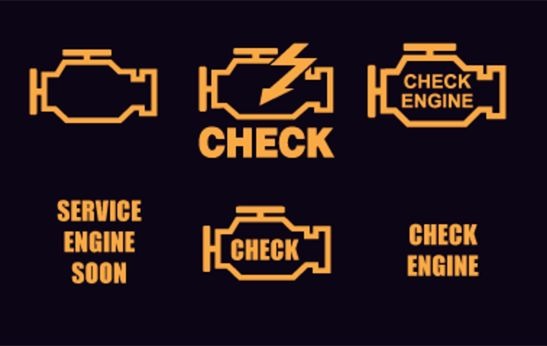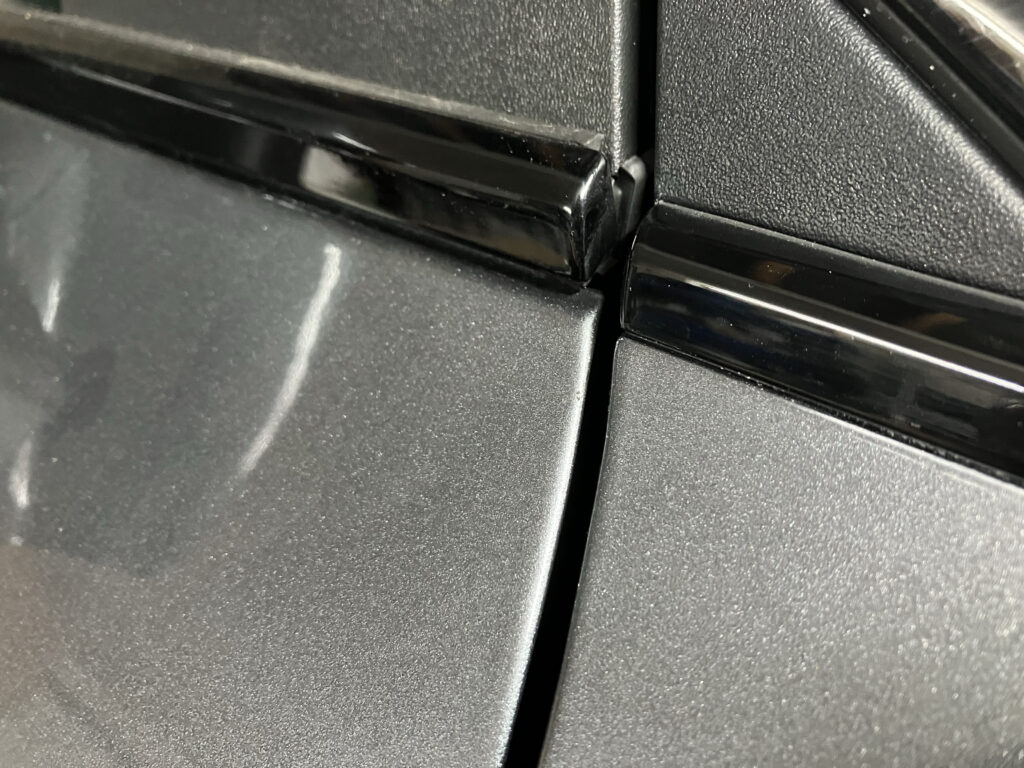The Top Ten Maintenance Mistakes that UK Drivers Make
We all want to save money when it comes to running and maintaining our vehicles, so it’s tempting to put off maintenance tasks or ignore small problems in the hope that they’ll miraculously just go away. This can be a short-sighted strategy because most problems don’t just resolve themselves and, if not dealt with in time, can also grow into bigger and more expensive issues.
Here are the top ten maintenance mistakes that UK drivers tend to make.

Ignoring the engine’s warning light
If you’re in the middle of a long journey, or it’s Christmas time and you’re all spent up, the engine warning light couldn’t come on at a worse time. You drive on, hoping it’ll just stop flashing away at you, so you don’t have to head to the garage.
Your warning light is there for a reason – the engine’s management system has detected a problem and it’s not something you can safely ignore. Sometimes the sensors are wrong, however, so before you book into a local garage, turn off the engine, remove the ignition key and leave it a while. After an hour or so, start the engine up again and if the warning light doesn’t flash back on, it may have been a false alarm. If the light does come back on, you will need to see a mechanic.
Ignoring the coolant warning light
If your coolant warning light suddenly flashes on, then you should stop driving as soon as safely possible and check the fluid level. Ideally, you should have a small bottle of coolant in your boot for on-the-move top-ups but if you don’t, regular water will suffice as long as you’re not too much under the minimum level. Replace the water with real coolant as soon as you can.

Not paying attention to your tyre pressures
A shocking 57% of UK motorists are driving around with under-inflated tyres! You might not think this is a big deal, but this amounts to more than £600 million in unnecessary fuel costs each year, as well as the environmental costs. It’s easy to keep track of your pressures with a gauge and it’s cheap (if not free) to pump your tyres up to the right pressures at your local petrol station.
Not changing the engine oil frequently enough
Some drivers like to change their own engine oil and if you’re among them, that’s great. Most drivers, however, dislike this messy and time-consuming job so they leave it to their mechanic to do during their annual service.
Well, most drivers do. There are a few who don’t bother getting their oil changed frequently enough – or even at all – and this is bad news for the engine. The oil is there to lubricate the moving parts and to help to cool the engine and over time, this oil becomes dirty and sludgy. Dirty and sludgy oil can’t lubricate or cool the engine properly and can actually damage it, so it’s important to have a regular oil change in order to get the most out of your engine.
Forgetting about other fluids
it’s not just diesel or petrol that your car guzzles, it’s windscreen washer, coolant, brake fluid and power steering fluid. You need to keep an eye on all of these fluid levels as they contribute to the safe and efficient running of your vehicle. Your windscreen washer in particular is easy to top up and it’s actually a part of your MOT, so don’t forget about it.
Watch this short video on how to check your other fluid levels:
Using old and worn windscreen wipers
Another easy fix which can help you to drive safely is changing out your windscreen wipers. It’s the work of a few minutes and you’ll really feel the benefit the next time you’re driving through the rain. In addition to this, old and worn wipers can accumulate fine grit and dirt that can, over time, damage the windscreen.
Worn brake pads
If you can hear strange squeals, clicking sounds or your brakes just feel wrong somehow when you’re applying them, then the pads might be worn. This is definitely a job for a reputable local garage, as it’s a matter of safety, so book your car in for an inspection and repair as soon as you can.
Worn tyre treads

Worn treads on tyres, or even bald tyres, are a serious hazard and so should be replaced ASAP. You can use a tread depth gauge tool to make sure your treads are over the legal minimum, which is 1.6mm. You can also use the 20 pence piece method as a more informal way to make sure your tyres are legal. If the treads in the centre third of the tyre cover the outer raised band of the coin, then they’re legal to drive on.
Using a domestic glass cleaning solution on your windscreens
Domestic glass cleaning solutions contain ammonia as the active ingredient and this compound can damage the heating elements on your rear and front windscreens. Use a cleaner that’s formulated for your car brand.
The easiest way to find the best mechanic for your needs.
Other Articles

MAHLE presented a world first at the IAA Transportation 2024 in Hanover New component for fuel cell and electric vehicles halves fan noise on average Bionic fan is based upon an AI-optimized design found in nature: the wings of an owl, one of the quietest birds 10 percent higher efficiency and 10 percent less weight […]
MAHLE presented a world first at the IAA Transportation 2024 in Hanover New component for fuel cell and electric vehicles halves fan noise on average Bionic fan is based upon an AI-optimized design found in nature: the wings of an owl, one of the quietest birds 10 percent higher efficiency and 10 percent less weight […]




